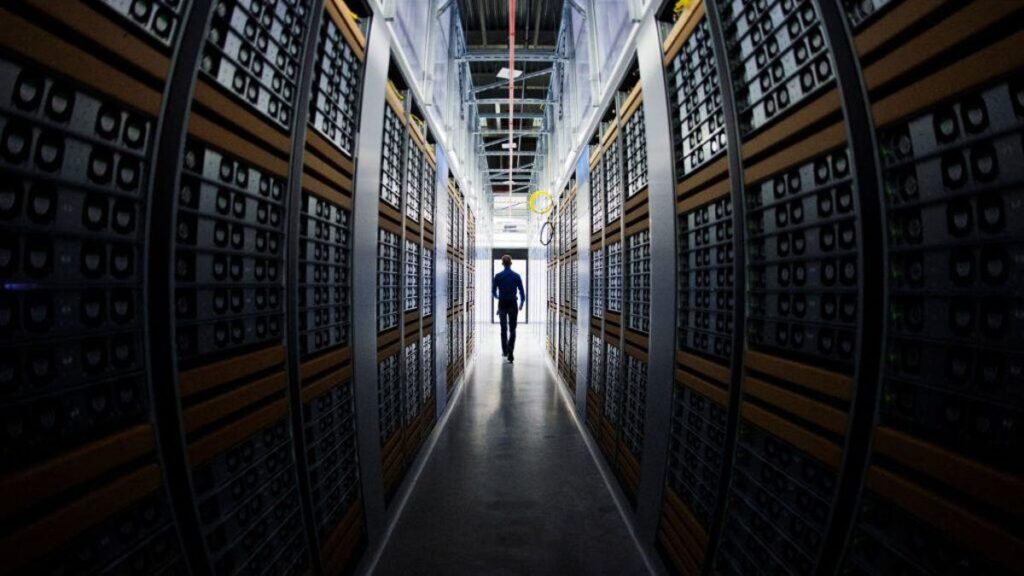Tech giants Google and Meta have a lot riding on the growth and success of AI, and to support those efforts, they’re also committing significant sums of money to build the data centers they’re going to need to run that power-hungry technology.
On Tuesday, Google announced that it plans to invest $25 billion in data centers and other AI infrastructure tied to the PJM Interconnection, the biggest electric grid in the US. The PJM Interconnection reaches across 13 states in the eastern half of the US. The new data centers are expected to be in and around Pennsylvania.
To help meet the energy demands of the new data centers, Google also said it will invest $3 billion in hydropower. That use of a renewable energy source fits in with Google’s goal to become carbon-free by 2030. (Similarly, Meta is aiming to achieve net-zero emissions by 2030.)
“I think there is a race on to co-locate data centers close to reliable, plentiful and inexpensive sources of energy,” Ramayya Krishnan, professor of management science and information systems at Carnegie Mellon University’s Heinz College.
The advent of generative AI tools like ChatGPT, Google’s Gemini and Meta AI are accelerating the demands on data centers, which also support everyday cloud computing tasks like photo sharing and movie streaming.
“Data centers are a critical part of the AI production process and its deployment,” said Krishnan. “Think of them as AI factories.”
Google already operates dozens of data centers worldwide.
Google’s announcement comes on the same day that President Donald Trump is attending an energy summit at Carnegie Mellon University in Pittsburgh at which investment in AI is a key topic.
On Monday, Meta CEO Mark Zuckerberg said that his company will invests “hundreds of billions of dollars” in the computing needed to build superintelligence, a lofty aspiration to create AI that surpasses human capabilities.
Zuckerberg said that Meta has “several multi-GW clusters” in the works. “We’re calling the first one Prometheus and it’s coming online in ’26. We’re also building Hyperion, which will be able to scale up to 5GW over several years.” Earlier this year, Zuckerberg introduced one of Meta’s newest data centers, a 2GW facility being built in Louisiana.
These facilities could be mammoth. In a post on Threads, Zuckerberg showed the outline of a single data center that would cover “a significant part of the footprint of Manhattan.”
As the big new data centers get built, that could bring both opportunities and stresses to the communities near them
In a recent Airedale by Modine survey of 600 Americans, 70% of respondents said they wouldn’t mind living near a data center and remained hopeful that the facilities would positively impact their community. Among those who opposed data centers being built near their homes, their top concerns involved increased energy demand, noise pollution and hits to property value.
Krishnan noted the potential pluses and minuses. Data centers could raise energy prices for residential customers if the energy supply is limited, and they also use significant amounts of water, which could create environmental concerns.
“On the positive side,” Krishnan said, “data centers could create an eco-system of partners increasing employment opportunities in the region and [consequential] growth.”
Read the full article here
